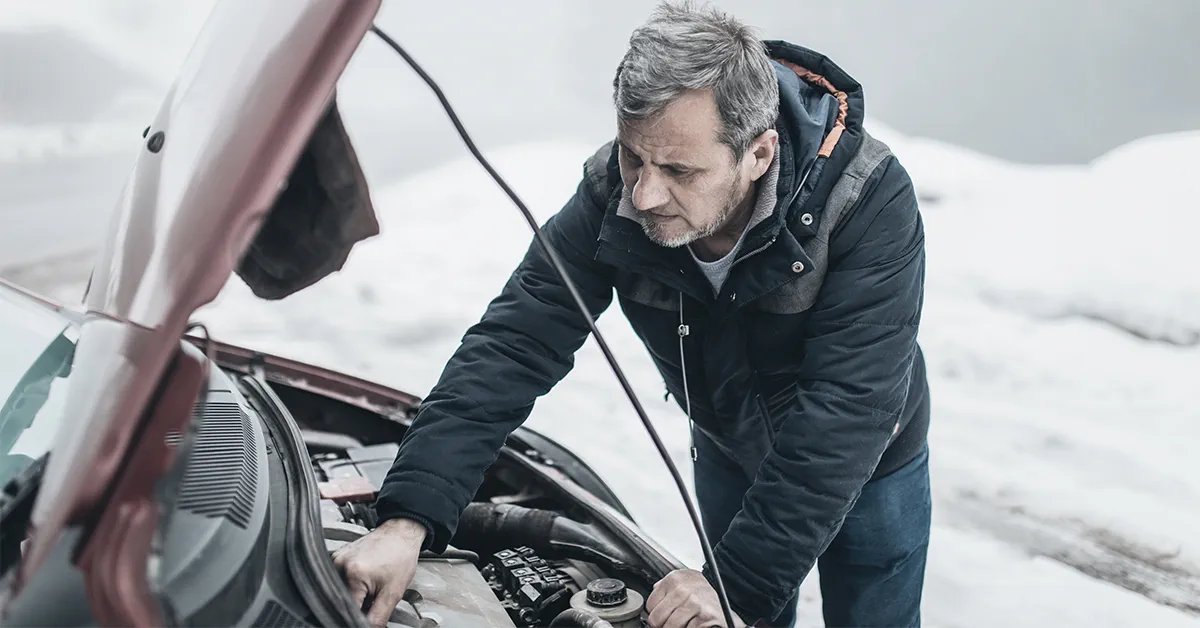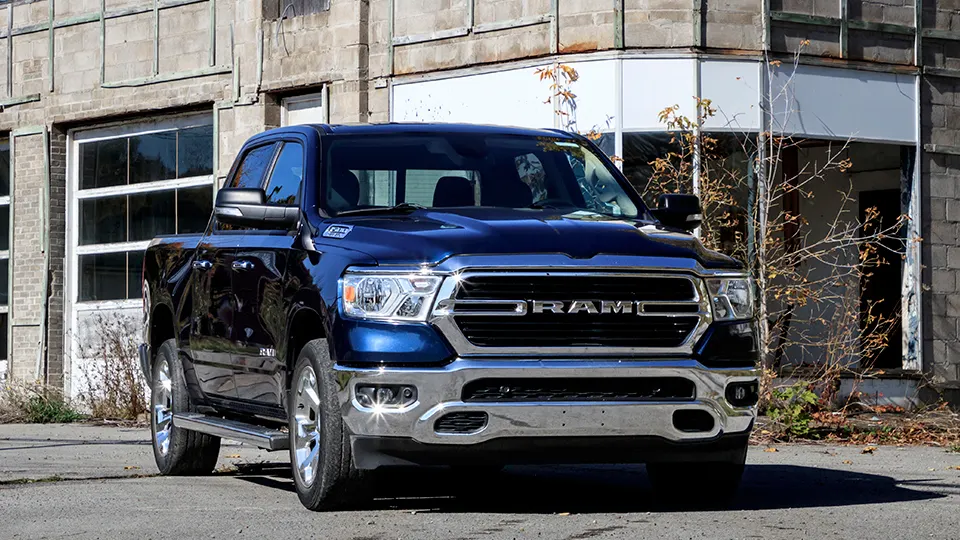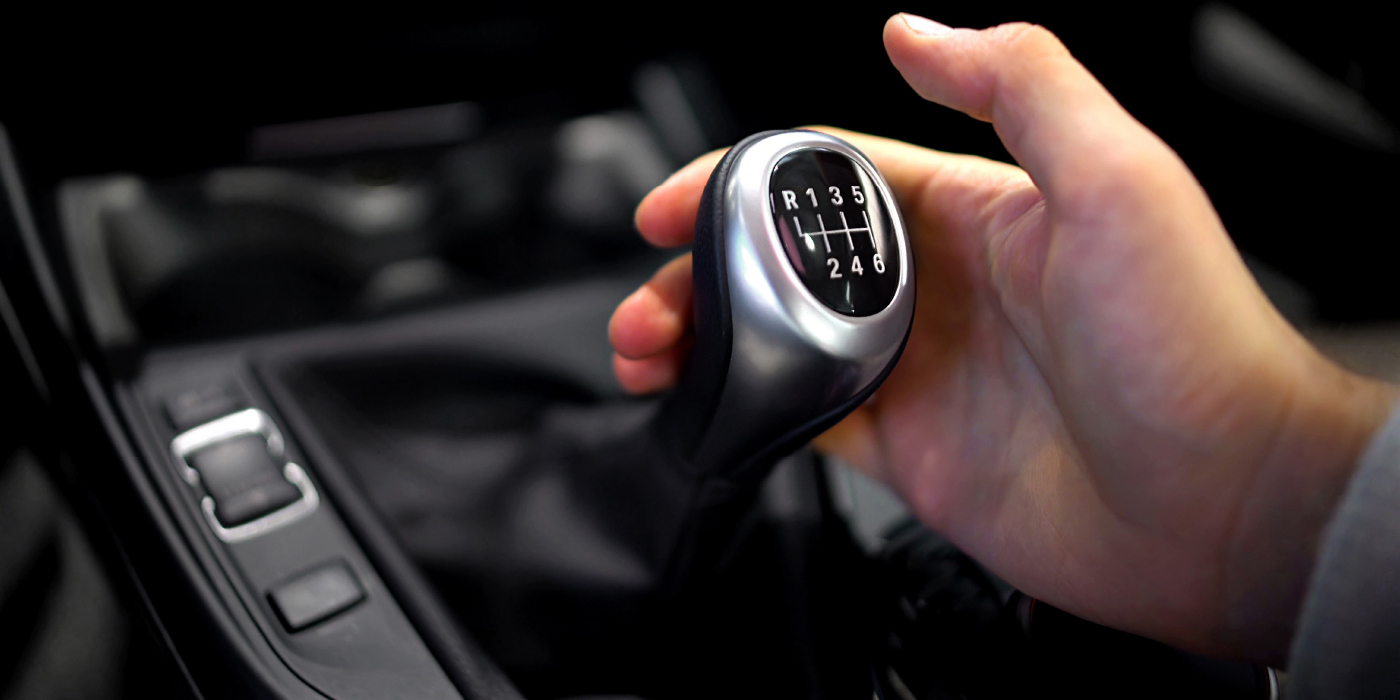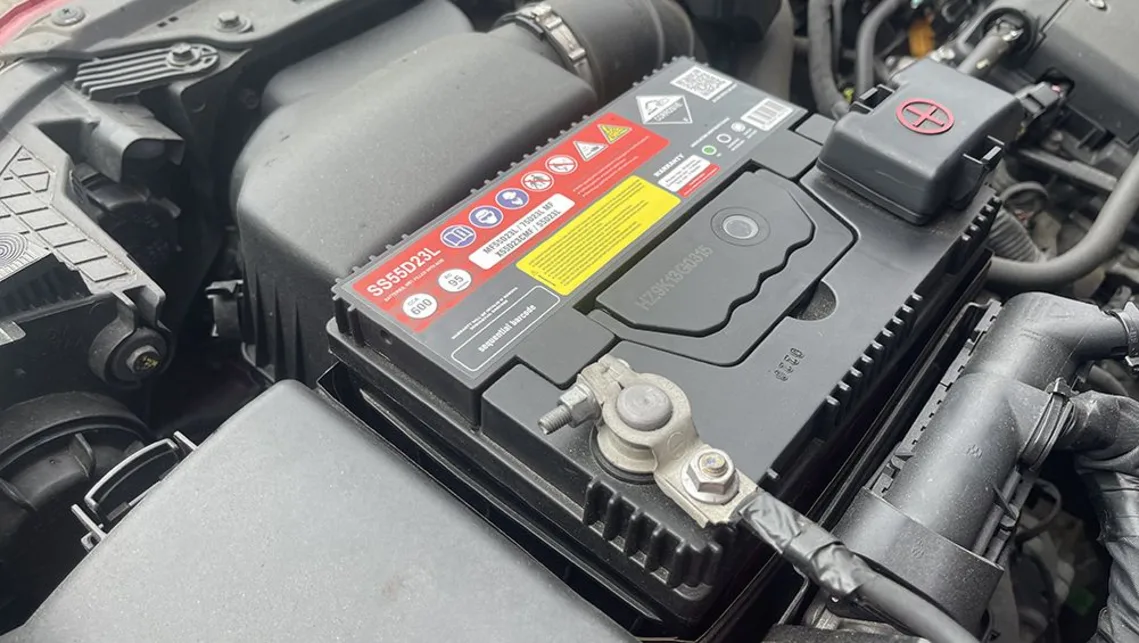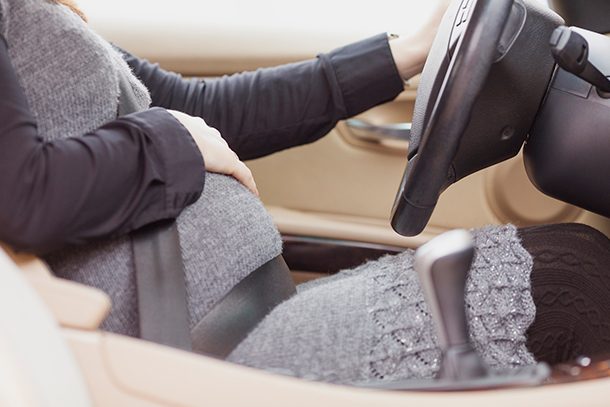What could be causing our lube oil to degrade faster?
There are many causes that can result in the degrading of your lube oil. The most common are oxidation, thermal breakdown of the lube oil, micro-dieseling, additive depletion and contamination.
Oxidation
Oxidation is the reaction of oil molecules with oxygen molecules. It can lead to an increase in viscosity and the formation of varnish, sludge and sediment. Additive depletion and a breakdown in the base oil can also result. Once an oil starts to oxidize, you may see an increase in the acid number. In addition, rust and corrosion can form on the equipment due to oxidation.
Thermal Breakdown
The temperature of the lubricant should be a primary concern. Besides separating the moving parts within a piece of machinery, a lubricant must also dissipate heat. This means the lubricant can and will be heated above its recommended stable temperature. The Arrhenius rate rule for temperature states that for every 18 degrees F (10 degrees C), the chemical reaction doubles. In other words, for every increase of 18 degrees F for your oil, the life of the oil is cut in half. Keeping the oil as cool as possible when in use will extend its life and reduce the reaction of thermal breakdown.
Micro-dieseling
Also known as pressure-induced thermal breakdown (degradation), micro-dieseling is a process in which an air bubble transitions from a low-pressure region in a system to a high-pressure zone. This is very common in hydraulic systems. Micro-dieseling results in adiabatic compression of the air bubble within the oil, which then cooks the surrounding oil molecules, causing instant oxidation of those molecules.
Additive Depletion
Most additive packages in oil are designed to be sacrificial and used up during the life of the oil. Utilizing oil analysis to monitor additive levels is important not only to assess the health of the lubricant but also to provide clues as to what is causing the depletion of the additives.
Contamination
Contamination such as dirt, water, air, etc., can greatly influence the rate of lubricant degradation. Dirt containing fine metal particles can be a catalyst that sparks and speeds up the degradation process of your lubricant. Air and water can provide a source of oxygen that reacts with the oil and leads to oxidation of the lubricant. Here again, oil analysis can be helpful in monitoring your lubricant’s contamination levels.


